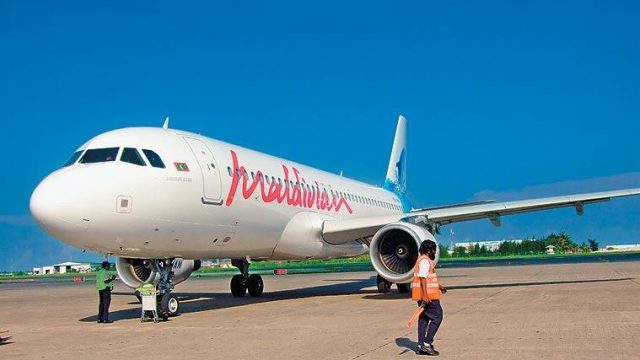I set out for the Tawang Festival (October 25–30) expecting a grotesque pastiche of Republic Day and the notoriously dull Sindhu Darshan. And I was not disappointed. No, I mean it: I had a great time! What can I say? This obscure and intermittent sarkari pageant (it began as the Buddha Mahotsava in 2001 and was staged again in 2003, 2006 and 2008) turns out to be the frisky love child of its frumpy progenitors. Sharing their cultural antecedents — but somehow, just a lot more fun.
Full disclosure: my critical and cynical faculties may have been dimmed by the exhilarating chopper flight up from Guwahati; surely one of the most spectacular rides in the world. Over the sprawling expanse of the Brahmaputra, the dense jungle of the terai; the woolly green foothills giving way to the sharp bare teeth of the Se La ridge beyond which the white wall of the eastern Himalaya rears up before you. And then you drop gently into the green valley of Tawang, crowned by the sprawling cluster of its famous seventeenth-century monastery.
My press kit maintained that this spectacle would ‘remind the visitor of James Hilton’s Shangri La.’ And perhaps if the Chinese had hung on to it in 1962, they might have chosen Tawang over Zhongdian for that fiction of tourist marketing. Instead, over the last fifty years, Tawang has grown into a very Indian little town, a place of contrasts, to invoke an enduring national cliché. A place that can look as tawdry as Shimla from one bend in the road and like a picturesque postcard a couple of turns later. A place where I would wake up to the meditative blare of monastic alpenhorns at 6am and be lost in a traffic jam of ministerial SUVs by noon.
Like me, they were all here for the festival, of course. The hub of activities was the parade ground of the Sashastra Seema Bal, transformed for five days into a fairground, framed by an elaborate stage set (with Shangri-La touches), a VIP marquee, and a crescent of tents serving refreshments and alcohol. By day it was an unremarkable spectacle, save for the paragliders wheeling overhead. But each evening it was transformed into a tableau of bright lights, loud music and the happy clamour of Tawang’s citizenry.
The tamasha was a boisterous mass of contradictions itself: there were slick folk dances and staid fashion shows (I suspect it was the models — repeatedly described by the MC as ‘beautiful young women’ — rather than the couture that one was supposed to admire). There was Bollywood shtick from Shakti Kapoor and Ahsan Qureshi. And a subversive parody of tribal dance by a comedian named Mithi, from West Kameng, stepping to the reggaetón hit ‘Gasolina’ with a very large sword strapped to his loincloth.
Music and dance was clearly the popular highlight and I was frankly startled at the cultural range on offer. The top-billing (and closing) act was Chinese-Indian Indian Idol finalist, Meiyang Chang, though my personal favourite was the demure Bhutanese pop star, Dechen Zangmo. During one of the fashion shows, the models (“beauties of Northeast” announced the MC) strutted to a track by the Malian singer Rokia Traoré. Often I felt like a provincial hick, gawping in surprise at the nonchalant cosmopolitanism of the scenes around me: Monpa schoolchildren miming ‘Gangnam Style’ while Korean businessmen exchanged visiting cards with politicians.
But mostly, I was happy to surrender to the hedonism. Sadly, I failed to sample any of the food on offer — Himalayan cuisine holds little appeal for me. Highland spirits are a different matter, however. And there was no shortage on that score. There were bar-tents (Topgey’s Bar), there were bars masquerading as food tents (Apa-Tani Food Stall). And then there were bars masquerading as NGO tents. Eco-Wildlife and Pollution Control Society or Human Rights First. Call it a social service. At any rate the Tawang Festival broadened my palate with several snifters of Johnnie Walker Double Black and the potent Galo rice wine ‘Poka’. Nice!
Republic Day was never like this. And neither was Shangri-La.




